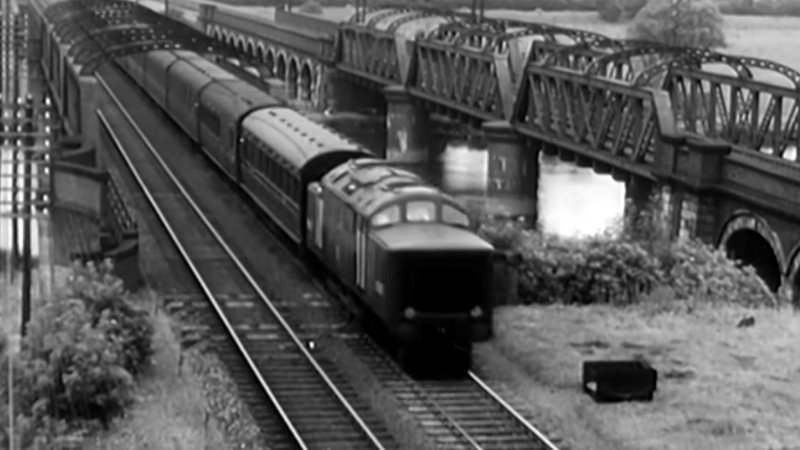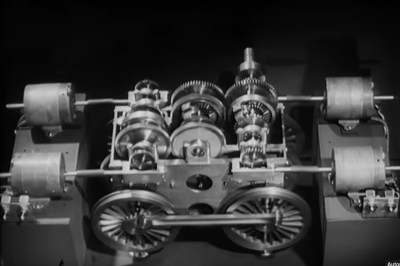
If you were to visit a railway almost anywhere in the world, you would find that unless it was in some way running heritage trains, the locomotives would bear a similarity to each other. Electric traction is the norm, whether it comes from a trackside supply or from a diesel generator. In the middle of the last century, as the industry moved away from steam traction though, this was far from a certainty. Without much in the way of power electronics, it was a challenge to reliably and efficiently control a large traction motor, so there were competing traction schemes using mechanical gearboxes or hydraulic drives. One of these is the subject of an archive film released by the oil company Shell, and it’s a fascinating journey into a technology that might have been.

All diesel locomotive designs struggle with the problem of transmitting the huge torque required to start a fully loaded train at low speeds, and because of the huge force required, it’s impossible to design a locomotive-sized conventional gearbox to do the job in the way it might be managed on a truck. Electric and hydraulic drives exploit the beneficial torque characteristics of electric and hydraulic motors, but the mechanical gearbox isn’t quite done for. The subject of the video is British Rail number 10100, otherwise commonly known as the Fell locomotive, and it was a one-off prototype that took to the rails at the start of the 1950s designed to test a very novel gearbox design.
At the heart of the Fell gearbox is a set of differential gears the same as you’d find in the axle of a car, and in the locomotive they are used to combine the output of more than one engine. The loco had four smaller-than-normal diesel traction motors that could be combined, but even then, it wasn’t done. To achieve variable torque, they employed superchargers driven by a set of even-smaller diesel engines, resulting in an ungainly multi-engined beast but with the desired characteristics for both starting heavy trains and for moving them at high speed.
By 1950 the general form of a diesel locomotive with a frame containing the power plant supported by bogies carrying traction equipment was well established, but the Fell eschewed this layout in favour of something more reminiscent of the steam age. As a 2-8-4 with the four driving axles in its centre sporting connecting rods, it resembled a steam locomotive from the chassis downwards but with a very diesel-age cab and superstructure. It’s often referred to as a footnote or even a failure in railway histories, but despite suffering some mechanical failures, it was, in fact, a successful demonstration of the design. Sadly, this didn’t convince the railway to continue with the idea, though, and after a heating boiler fire, it was withdrawn and scrapped in the early 1960s.
The film below the break is a fascinating window into the early part of the UK’s transitional period away from steam traction, with the locomotive we know now to have been a dead-end being portrayed as the bright future for the railway alongside steam locomotives that were then very much still in production. We see it through its design and construction before being tested mostly as far as we can see on the now-closed Pennine routed London to Manchester run, a future that never came to pass against a backdrop of a railway that didn’t make it into the modern era. For fifteen minutes of heavy engineering from the days when diesel locomotives were new and exciting, it’s well worth a watch.
Retrotechtacular: The Fell Locomotive
Source: Manila Flash Report
0 Comments